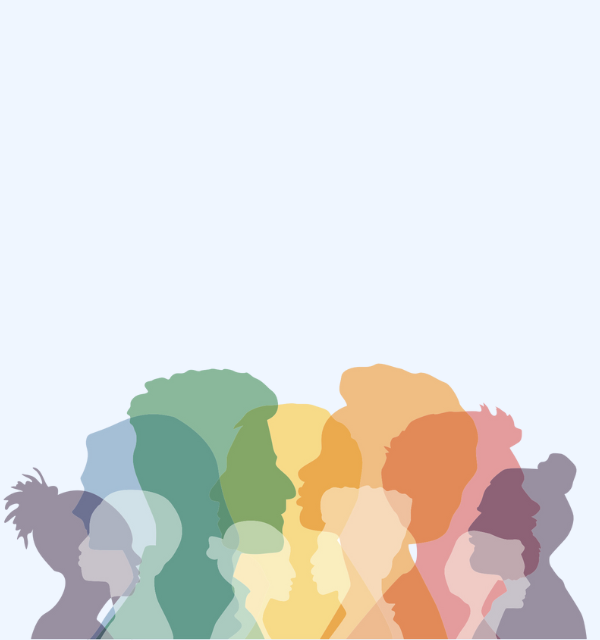

Gender is a crucial social determinant that influences an individual’s access to healthcare and quality of care. The inequitable gender dynamics disproportionately affect women, girls and marginalised populations, restricting their agency and participation and, decision making, access to and control over resources, and mobility. The intersection of other inequalities, such as caste, class, and age, among others, further increases their vulnerability, affecting their ability to access health services. To better understand the impact of gender inequality on health outcomes within the context of other existing disparities and power dynamics in health programs, the University of Manitoba (UoM) and the India Health Action Trust (IHAT) have developed a Gender Analysis Framework (GAF).
The GAF provides a structured approach to examine how gender inequalities and power imbalances affect the planning, delivery, and effectiveness of health programs. It also equips us to explore the gender inequalities within the health workforce and their impact on the providers and their service provision. The GAF framework outlines four key domains of gender analysis, which encompass attitudes, beliefs, and norms; roles and responsibilities; participation and decision-making; and access to and control over resources. Power, placed at the interjection of the four domains is central to this analysis with its different facets (power within, power to, power with and power over). GAF integrates the layers of the ecological framework acknowledging that inequalities exist at multiple levels. The GAF framework analyses access, utilisation, and provision of health services across three levels: community (including individual and interpersonal), health facilities (including the staff, leadership, and practices), and systems (policy and programmes).
The GAF provides a systematic approach to collecting and interpreting data on gender inequalities, enabling us to see how these disparities affect various aspects of health program implementation and outcomes. The insights gained from the GAF to identify the barriers and facilitators and measure the disparities to systematically improve the design and implementation of healthcare interventions, thus positively impacting population level outcomes. The integration of the GAF framework into our activities, including research, program planning and execution, ensures that our interventions promote equitable access, impacting the lives of end-users in transformative ways.